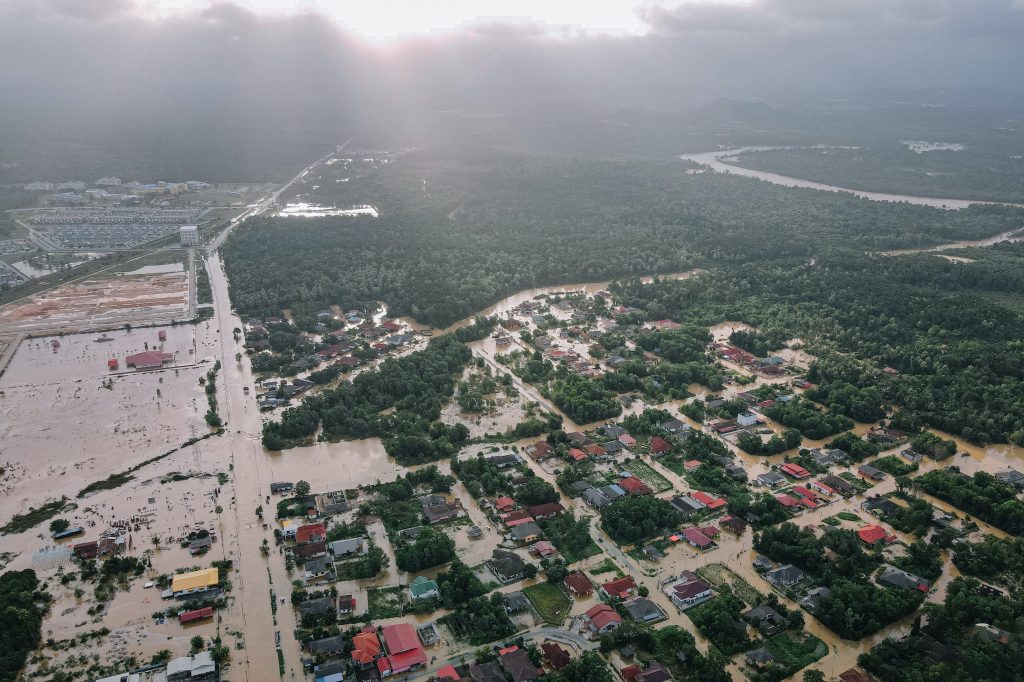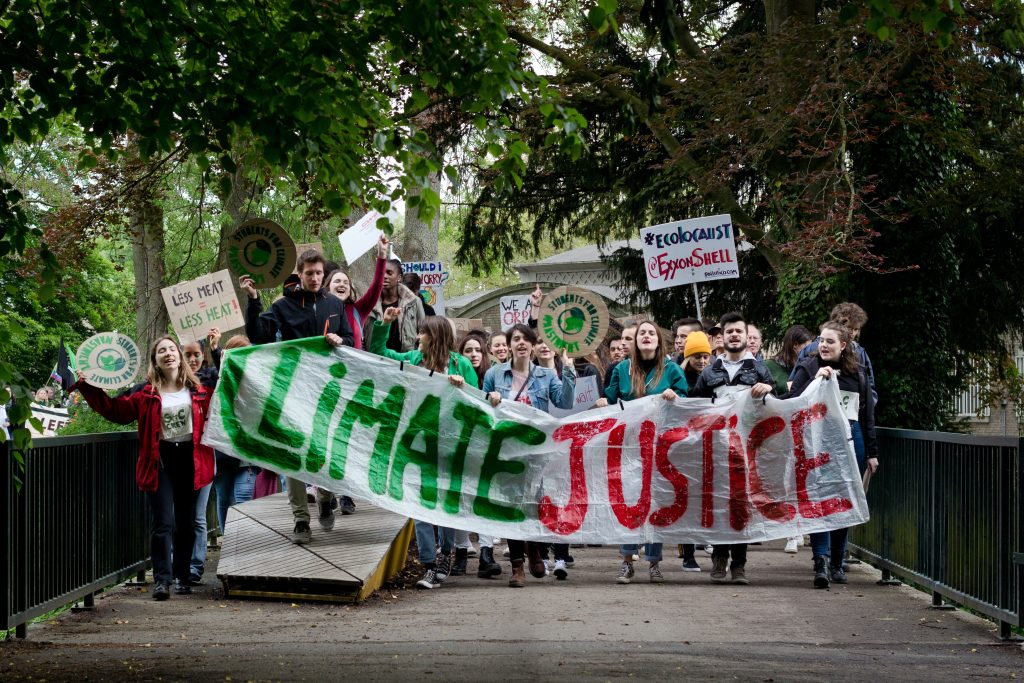If we want to avoid climate disaster, we must take climate action. Anything less is a recipe for disaster. Rising global temperature will have a devastating impact on humans. Extremes in weather are already more obvious.
Disasters take things from people that they hold dear. They lose physical things like cars, houses, and personal possessions. Sadly, they can also lose loved ones. Moreover, they lose a sense of trust and security. The upheaval dramatically changes lives.
Disasters are multi-faceted. Human communities are affected in many different ways.
Emergency Management Australia (EMA) defines disaster as disruption “which threatens or causes death or injury in that community and/or damage to property…beyond the day-to-day capacity of the prescribed statutory authorities and…recquires special mobilisation and organisation of resources.”
The IPCC is even more precise. It says a ‘disaster’ is made up of all the ways an event affects a community. This can be social, economic and environmental.
To what extent will natural disasters characterise our future? And what are we doing to manage them?

What is Vulnerability?
The vulnerability of a society is the ‘characteristics and circumstances…that make it susceptible to…a hazard.’
Disasters are a combination of the community’s exposure, and its level of vulnerability to an event. So, this can also include events that might not be considered ‘extreme’.
Together, high exposure and vulnerability are a potent recipe for disaster.
For example, a volcano that erupts regularly may erode a community’s wellbeing. This may be the case – even if the eruptions are small. Disaster occurs when families and livelihoods suffer. Thus, to avoid climate disaster, we must build resilience.
A Key Ingredient of Climate Disaster
The connection between climate change and extreme weather is not always obvious.
Yet, the UNHCR insists climate change is the cause of many extreme weather events. That includes abnormally heavy rainfall, prolonged droughts, desertification, sea-level rise, and cyclones.
Events like these can worsen living conditions. For example, resources like drinking water may already be scarce. After a disaster, that scarcity may become acute.
Alternatively, extremes in temperature may make a region too hot and dry, or too cold and wet. As a result, livestock and crops can suffer.
Such disruption, globally, gives rise to refugees. These are internally displaced people (IDP’s) and stateless people who lack the resources to adapt. Therefore, displacement is the most outward sign of a population suffering disaster.
Moreover, disruption can lead to political unrest. It may worsen tensions or cause conflicts that create further disasters.

Avoiding Disaster through Climate Change Policies
As a result, the IPCC has set out important policies to manage risk and avoid climate disaster. They include ‘technology adaptations’ and the delivery of experience and equipment worldwide.
Examples around the world
- Throughout Asia, new technology focusses mainly on agriculture and water. Accordingly, it is used to protect communities at risk of flooding (such as those affected by the Mekong River).
- In Saudi Arabia, the government built at least 215 dams to save water. It also created 30 desalination plants and passed laws for water use.
- India used traditional and new technology to manage both flood and drought risk. Now, mitigation is combined with modelled seasonal forecasting.
- In China, the UNDP helped establish adaptation technologies for managing floods.
- In the Philippines, the Department of Social Welfare and Development initiated typhoon-resistant housing. The Phillipines are particularly exposed to typhoons. The 1987 typhoon completely destroyed over 200,000 homes. However, the country’s new housing can endure wind speeds of up to 180 km per hour.
Disaster Response Policy
Of course, managing disasters may not always be possible. Besides, some places simply do not have access to the right strategies.
Also, prevention may not work with very extreme events. Instead, leaders must focus on post-disaster recovery.
In the 2000’s, Sustainable Buildings Canada (SBC) began by asking how Canada could best contribute to post-disaster reconstruction. The SBC emerged after the Asian Tsunami on Boxing Day of 2004 and discovered that recovery plans were in short supply.
Later, after many successful responses, the SBC issued the following advice:
“Keep the implementation plan simple…Think local and low cost. A simple plan involving the local community and local resources, and a design concept that honours culture and sustainable practices of the region, has a better chance of success… This principle also creates jobs and supports the reestablishment of local communities.“
– Sustainable Buildings Canada (Disaster response advice)
Humanitarian Reconstruction
Describing the 2005 earthquake response in Pakistan, Jenny Donovan’s book tells the story of General Nadim. Then, the General was head of the Reconstruction and Rehabilitation Authority in Kashmir. He felt rebuilding could serve broader goals. In this case, to provide better educational outcomes for girls.
Nadim’s team saw a lack of time and opportunity in the poor education numbers for girls. Girls carried water to their houses, which took several hours each day. So, houses were rebuilt next to new education facilities and the supply of fresh water. This response proved to be very effective. Later, enrolment of girls in schools rose by 50%.
What is Inclusiveness and why is it Important?
Inclusivity refers to levels of access and equality. Inclusion directly affects a community’s vulnerability. Poor inclusion worsens its coping and adaptive capacity.
For example, extreme events impact most upon countries with high rates of inequality. Regions with the highest rates of population growth are also more vulnerable. Further, displacement is a much greater risk for women. In 2018, more than half of the 41 million people displaced by climate change were girls and women.
Sustainable Families
Better inclusion for women helps to build more resilient societies. Population Matters says sustainability depends upon people choosing smaller families. Gender equality has a direct effect on population growth.
“When girls are educated and when they stay in schools, they get married later in their lives, then they have less children and that helps us to reduce the impacts of climate change that the population increase brings.”
– Malala Yousafzai
That said, equal access to modern family planning and good quality education is not only an issue of sustainability, it is also a human right.
Nevertheless, when women can make their own choices about their bodies and their lives, population control is much more achievable.
Learning to Live Better
Education sets in motion a virtuous spiral. Girls and women gain greater knowledge, skills, self-confidence, and capabilities. This improves life and career prospects. Furthermore, women can provide better nutrition, health care, advice and education for their families.
Furthermore, education and work enables women to take greater control of their lives. As a result, they gain access to community decision-making. In this way, the best and brightest are contributing to society and women’s interests are fairly represented.
Conclusion
In addressing the risks of disaster posed by climate change, we have looked at several responses. On its own, each response is insufficient. Together, the response can be powerful. Especially when government, communities and individuals are working in step. This includes:
- The inclusion of ‘technology based adaptations’ to climate change
- Local involvement in reconstruction, and the use of strategic planning for sustainability
- The critical role of engaging and training local communities
- Seeing disasters as opportunities for broader humanitarian aims
- Giving women and girls’ equal access to family planning, and
- Quality education for girls
We need to hold our governments accountable. It is everyone’s responsibility to avoid climate disaster.























